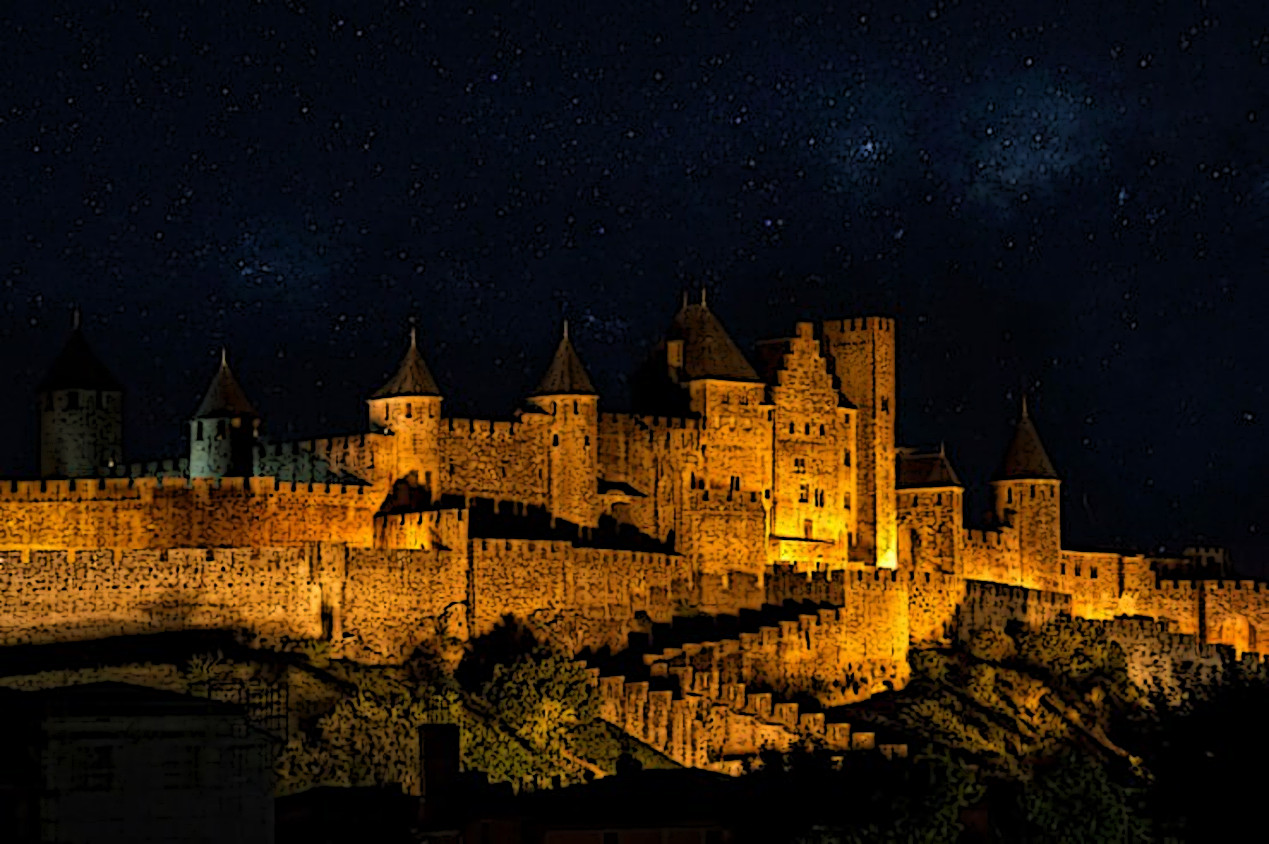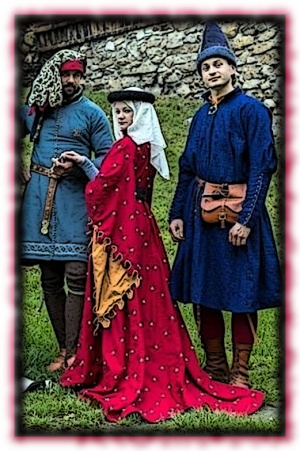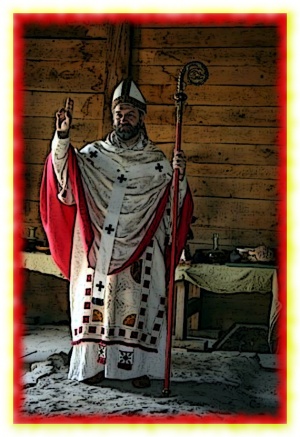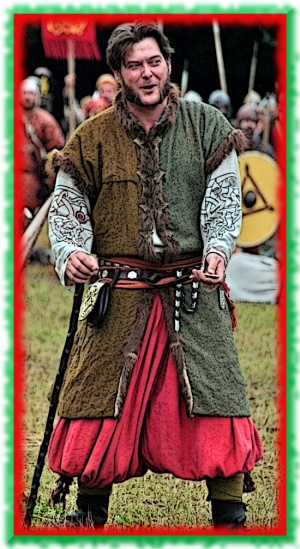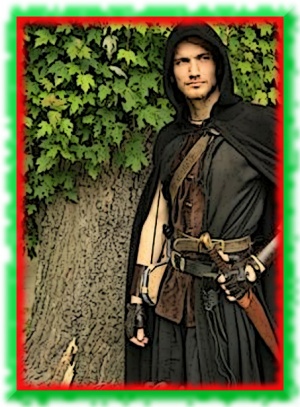Augsburg - medieval: Difference between revisions
| Line 254: | Line 254: | ||
<br> | <br> | ||
<br> | <br> | ||
---- | ---- | ||
<br> | <br> | ||
Revision as of 17:23, 25 August 2017
Quote
Augsburg by Day
Climate
Economy
Geography
History
The city was founded in 15 BC by Drusus and Tiberius as Augusta Vindelicorum, on the orders of their stepfather Emperor Augustus. The name means "Augusta of the Vindelici". This garrison camp soon became the capital of the Roman province of Raetia.
Early development was due to a 400-year affiliation with the Roman Empire, especially because of its excellent military, economic and geographic position at the convergence of the Alpine rivers Lech and Wertach, and with direct access to most important Alpine passes. Thus, Augsburg was the intersection of many important European east-west and north-south connections, which later evolved as major trade routes of the Middle Ages.
Around 120 AD Augsburg became the capital of the Roman province Raetia. Augsburg was sacked by the Huns in the 5th century AD, by Charlemagne in the 8th century, and by Welf of Bavaria in the 11th century, but arose each time to greater prosperity.
Current Events
Citizens of Nürnberg
- -- City (20,681) - Imperial Census 1094 A.D.
Guilds
Apothecaries
Armorers (bows, crossbows, siege engines)
Carpenters
Chirurgeon (Barbars & Surgeons)
Coin Changers
- -- Emmerich -- Guildmaster
Masons
Puppeteers
Scribes
Smiths (Copper, Gold, Silver and Iron)
Wainwrights (wagon makers)
Weavers
Berahthraban
Noble Houses
Adler
Device: The heraldic symbol of House Adler is a Eagle.
History: House Adler is neither the most politically powerful, nor the wealthiest of the noble families of Bavaria. But, what they lack in other areas, they make up for in heritage, for their family is the oldest in souther Germania, and its members can trace their linage back to Rome itself. As such the Adler are a proud family that never miss an opportunity to prove their superiority to the members of noble houses and to anyone who will listen of course.
- -- Leudoberct, Baron of Adler
Berengar
Device: The heraldic symbol of House Berengar is a Bear with crossed Spears.
History: For over two centuries the House of Berengar has had strong ties to the kings of Germany and the Holy Roman Empire. The founder of the house, Unruoch II of Friuli, was a close friend of Charlemagne during the 7th century. Over the following two centuries the family continued to acquire with, power and allies. In the 10th century, this rise culminated initially with the ascension of Berengar I to the kingship of Italy and later to the imperial throne. While the Ottonian and Salian dynasties have supplanted the Berengar family, this house seeks once more to place a member of the family upon the imperial throne, and their first step in reacquiring the leadership of the Holy Roman Empire is by gaining the dukedom of Bavaria. As such, they are politically opposed to the House of Falkenrath.
- -- Chlothar, Count of Berengar
Everard
Device: The heraldic symbol of House Everard is a pair of Wild Boars.
History: Over the last century, House Everard has risen to prominence after capturing the fortifications that guard the entrance the Alpine pass and the southern trade route. Seen as somewhat underhanded, uncouth, and extravagant due to their relatively new wealth. Their family name is often mispronounced as Ever-hard in reference equally to their virile men, prolific women and willingness to engage in personal or familial conflicts.
- -- Audamar, Count of Everard
Falkenrath
Device: The heraldic symbol of House Falkenrath is a Falcon clinging to a Gauntlet.
History: For the last few centuries, the wisest member of the family was selected to serve as advisor to the Dukes of Bavaria. But with the fall of the last duke, the family has lost much of historical prominence and seeks to restore their lost position. As such, they are strong supporters of Eadburga of Nordheim to become the new Duchess of Bavaria. While the Barony of Falkenrath is far from the wealthiest in Bavaria, it is the most politically connected and plays a central role in the power games of the nobility.
- -- Wendelin, Baron of Falkenrath
Geier
Device: The heraldic symbol of House Geier is a Vulture.
History: As the previous guardians of the Alpine passes and the most popular trade route to northern Italy, their family amassed great wealth by controlling the chain of fortresses that guarded the southern trade routes and the wealth that flowed through it. A century ago, a large force of bandits wrested control of the Alpine pass from House Geier's control. The bandit leader, a man named Sigiheri was able to purchase titles of nobility from the then emperor and House Geier was reduced to the status of a mere barony. While the house remains wealthy, its various members are known for being a grasping and vindictive lot whose deepest desire is to bring down the Everard family and resume control of the Alpine pass. These circumstances have fueled a long standing blood feud that erupts again with each new generation.
- -- Giselbert, Baron of Geier
Habicht
Device: The heraldic symbol of House Habicht is a brown Goshawk.
History: House Habicht has a long and proud history that traces itself to chieftains of the Celtic tribes before the arrival of the legions of Rome. The family is widespread throughout the southern Alps and regularly wages war on its neighbors. Within the family Habicht, honor and prowess at arms are the two most important manly characteristics and as such war is their favorite pastime. Two centuries ago, a alliance with the lesser House of Hasek failed disastrously and the two have been enemies since. Members of House Habicht despise the descendants of House Hasek for their reliance on political maneuvering and marital alliances rather than on the sport of war.
- -- Ferdinand, Baron of Habicht
Hasek
Device: The heraldic symbol of House Hasek is five brown Hares, as such, members of the House of Hasek are often called quincunx or five-spots.
History: Two centuries ago, the House of Hasek was originally allied with the House of Habicht, but a disastrous attempt at alliance through intermarriage resulted in centuries of bad-blood and perpetual feuding. The Hasek are best known for their penchant for political maneuvering and their stopgap solution for most problems, marital alliances. Because the Hasek take so readily to politics, they have become quite good at it and have contacts throughout Germania and beyond. The constant use of marital alliances has allowed their family to form useful links to all the noble families of Bavaria save for the House of Habicht. As such, the Hasek are numerous, well connected and rarely have to wage war except against their arch-rivals the Habicht. But, while their holdings and alliances have made them rich, the Hasek have a fairly weak warrior tradition which leaves them vulnerable should their alliances fail. Due to the resemblance between the house's heraldic symbol and the quincunx dice or five-spot, the family is well known for the inborn vice of gambling. The centuries old feud between the Hasek and Habicht has led to local proverbs about hawks and hares that is slowly spreading to the rest of Europe.
- -- Veremund, Baron of Hasek
Hirsch
Device: The heraldic symbol of House Hirsch is a red Stag.
History: Originating as a house of common hunters, the House of Hirsch has earned a place among the noble houses of Bavaria. While their climb has been slow, the Hirsch are most skilled in the management of their lands and as such their wealth is significant. Most recently the Hirsch have turned significant profits through selective lumbering and the furrier trades. Despite having a decidedly mercantile leaning, the House of Hirsch has a strong warrior tradition which exhorts its men to be both brave and steadfast. Once drawn into a conflict, members of House Hirsch will fight to the death and are loyal friends and allies.
- -- Altwidus, Baron of Hirsch
Katze
Device: The heraldic symbol of House Katze is a brindled house Cat.
History: The House of Katze has existed since the 8th century, its founder Engel, was a warrior in the armies of Charlemagne when that emperor laid siege to Augsburg in the late 7th century. Rewarded by his liege for loyal service, Engel was granted a title of nobility and estates adjoining the city of Augsburg. His descendants have acted as guardians and patrons to the city for centuries. Despite this, the House of Katze is still only a barony and its current head Norbert, seeks to remedy this by supporting the claim of Eadburga of Nordheim to become the new Duchess of Bavaria. Baron Norbert hopes that Eadburga, once raised to the position of duchess will reward his house with a new county, that of Augsburg. As such, the House of Katze has found itself in a political alliance with the House of Falkenrath, an alliance based on the promise of mutual benefit, a shared history and a vision of Augsburg as the permanent capital of the duchy.
- -- Norbert, Baron of Katze
Voss
Device: The heraldic symbol of House Voss is a red Fox.
History:
- -- Reinhard, Count of Voss
Wolff
Device: The heraldic symbol of House Wolff is a silver Wolf.
History:
- -- Blanchard, Count of Wolff
Holy Ground
Churches
- -- Augsburg Cathedral
- -- Augsburg Synagogue
Convents
- -- Monastery of St. Margaret
Augsburg by Night
Fortifications
- -- Augsburn Walls
- -- Perlachturm -- The Watchtower
- -- Gaol
Inns
- -- Der weiße Hirschhof -- Augsburg's most prestigious hostel, its accommodations and comestibles are famous throughout southern Germania.
Law & Lawlessness
Imperial Authorities: Lord Carolus -- Imperial Seneschal, Lady Gisila & Lord Hardwin -- Imperial Magister
Imperial Guards
- [[]] -- Burkhart -- Captain of the Imperial Guards
Ecclesiastical Authorities
Prince-Bishop's Guards
- [[]] -- Leonard -- Captain of the Bishop's Guard
Secular Authorities
Night Watch
Monuments
- -- Town Hall
- -- Three Classical Fountains (Agustus, Mercury and Hercules fountains)
Night Folk
- -- Hardestadt the Elder -- Current Prince of Augsburg
- -- Marconius -- Cainite progenitor of the Kiasyd bloodline of vampires.
- -- Godiva -- The Maiden Crone {Saxon wise-woman and companion to Marconius}
Private Residences
- -- Bishop's Residence
- -- Imperial Palace
- -- Mayor's Manse
Taverns
Whore Houses
Websites

